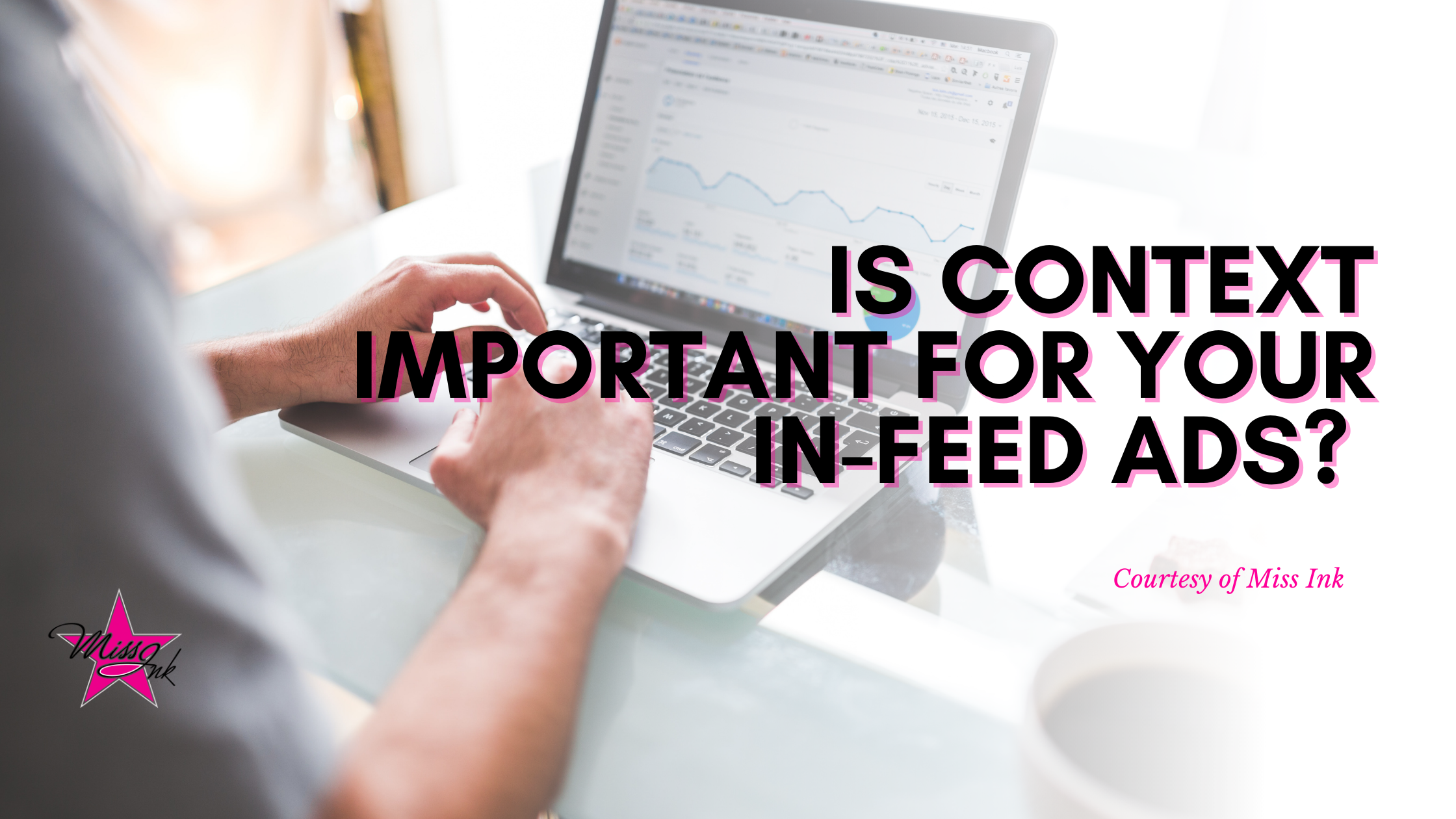As marketers, we know that social media has become one of the most important channels to advertise brands and reach consumers. According to eMarketer (2021), U.S social network ad spending is projected to hit $82 billion by 2023.
Advertisers tend to focus on social media advertising because most people in the U.S (96%, according to Integral Ad Science) use at least one social media account – Facebook and YouTube being the leading platforms.
Not only are people active on different social media channels, but ad engagement is very strong. In 2021, 85% of consumers engaged with an ad on social media, especially on Facebook, YouTube, and Instagram.
Although that percentage is very high, it is important to know that almost half of the consumers will have an unfavorable view of a brand whose ad appears next to content that does not align with the brand´s image. This will of course decrease purchase intent for the brand.
On the other hand, contextually relevant advertising is likely to improve the user´s ad experience and generate brand favorability. This means that users will have favorable feelings towards brands whose in-feed social ads appear next to content that aligns with the brand´s image.
If your in-feed social ads are contextually relevant, consumers are more likely to purchase from you. Contextually relevant ads are those that are related to the content being viewed.
An important thing to do to increase the chances of having context-relevant ads is by segmenting your target audience and making sure that the ad is aligned with their interest.
Creating advertising campaigns is no easy task, especially when you have a business to run. The Miss Ink team is here to help you. Let us take care of your social media ads and marketing. Ready to learn more? Fill out
this form and we’ll set up a time to speak with you about how to move your company forward with a social media presence you can be proud of.
Source: Integral Ad Science (2022),
Social Media Ad Receptivity.


